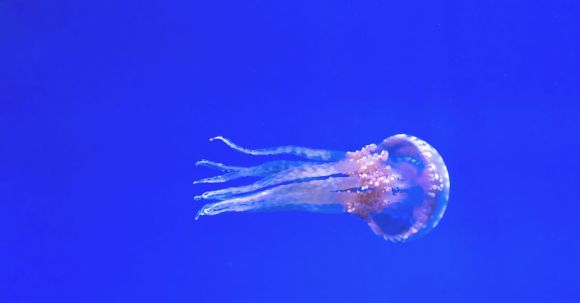Communicating effectively underwater is crucial for any scuba diver. When words cannot be spoken, hand signals become the primary method of communication. However, it is not enough to simply wave your hands around underwater. To ensure clear and effective communication, divers must learn and master the art of underwater hand signals. In this article, we will explore some tricks and techniques to improve your underwater communication skills.
Understanding the Basics
Before we delve into the tricks, it is important to have a solid understanding of the basic hand signals commonly used in diving. These universal signals include the thumbs-up sign for “okay”, the thumbs-down sign for “not okay”, and the hand circling the head for “out of air”. Additionally, the open hand with fingers together and palm facing down is used to signal “stop”, while the index finger pointing upward means “ascend”. Familiarize yourself with these basic signals before moving on to more advanced techniques.
Clear and Concise
One of the most important aspects of underwater hand signals is clarity. Since visibility can be limited underwater, it is crucial to make your signals as clear and concise as possible. Avoid any unnecessary movements or gestures that could be misinterpreted. Keep your hand signals simple and easy to understand, using deliberate and distinct movements. Remember, less is more when it comes to communicating underwater.
Use Your Whole Body
While hand signals are the primary means of communication underwater, it is also important to utilize your entire body to enhance your message. Incorporating body language and facial expressions can help convey emotions and intentions more effectively. For example, a smile and a nod can indicate agreement, while a frown and a shake of the head can convey disagreement or disapproval. By using your whole body, you can provide additional context to your hand signals and ensure your message is received accurately.
Practice Makes Perfect
Mastering underwater hand signals requires practice. Find a buddy and spend time practicing different signals in a controlled environment, such as a pool or calm waters. Start with the basics and gradually introduce more complex signals. Take turns being the sender and the receiver to improve your understanding and interpretation of signals. The more you practice, the more comfortable and confident you will become in your communication skills.
Develop Your Own Signals
While there are standard hand signals used by divers worldwide, it can be beneficial to develop your own signals with your dive buddy or group. This can be especially useful in situations where you may need to communicate specific information that is not covered by the universal signals. By creating your own signals, you can establish a unique language that enhances your communication and strengthens your bond with your dive team.
Conclusion: Dive into Effective Communication
Effective communication is key to a safe and enjoyable diving experience. By mastering the art of underwater hand signals, you can ensure clear and concise communication with your dive buddy or group. Remember to keep your signals clear and concise, use your whole body to enhance your message, practice regularly, and consider developing your own signals. With these tricks and techniques, you will become a skilled communicator underwater, allowing you to fully immerse yourself in the wonders of the underwater world.





